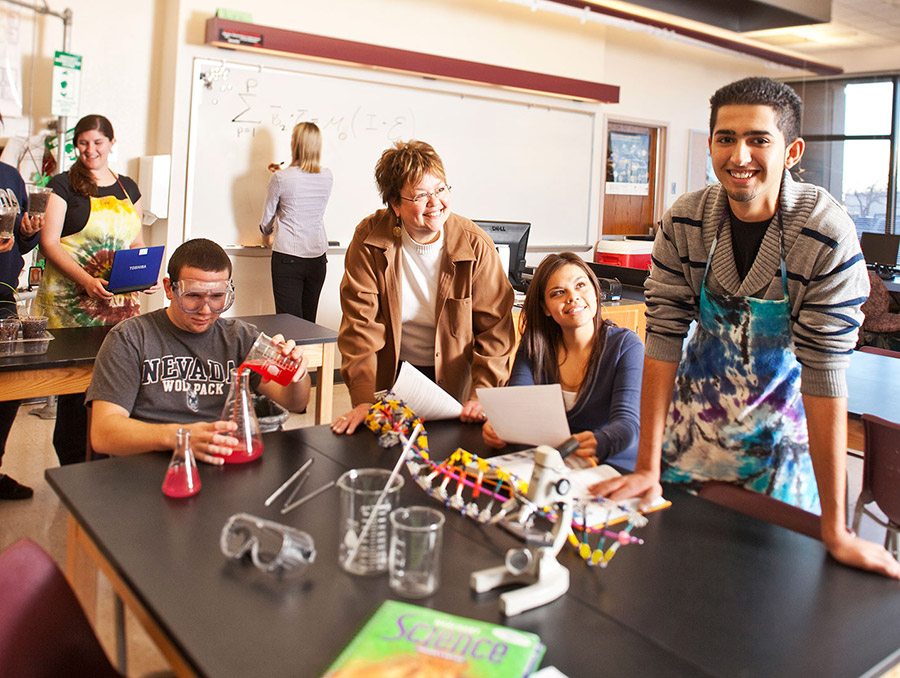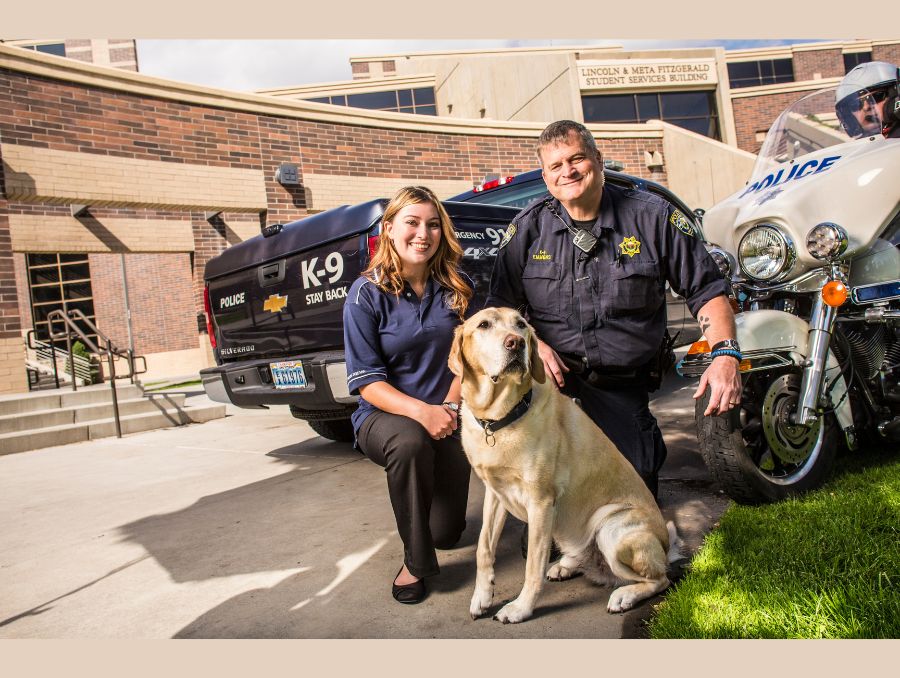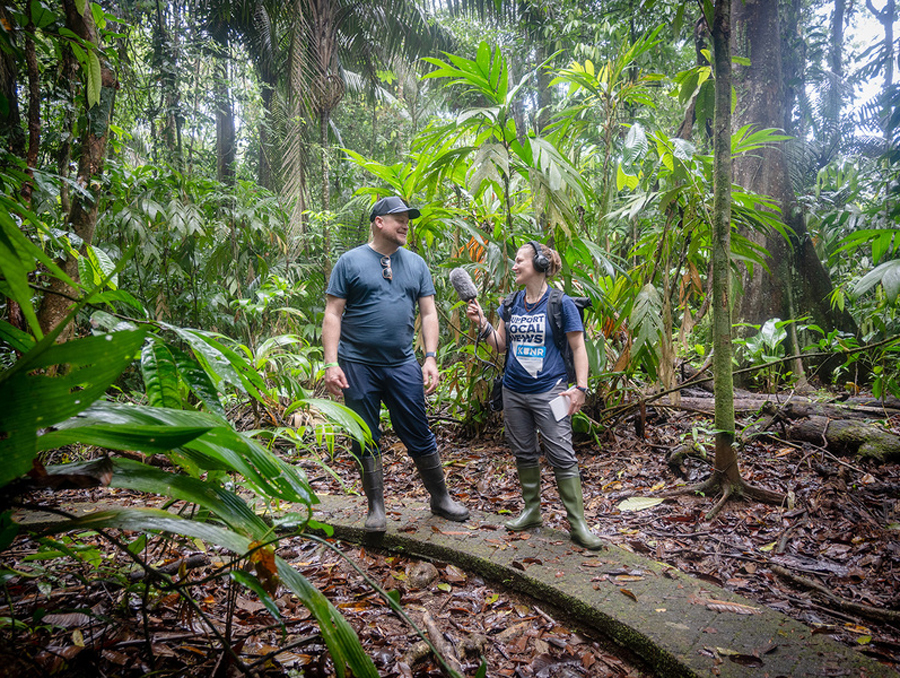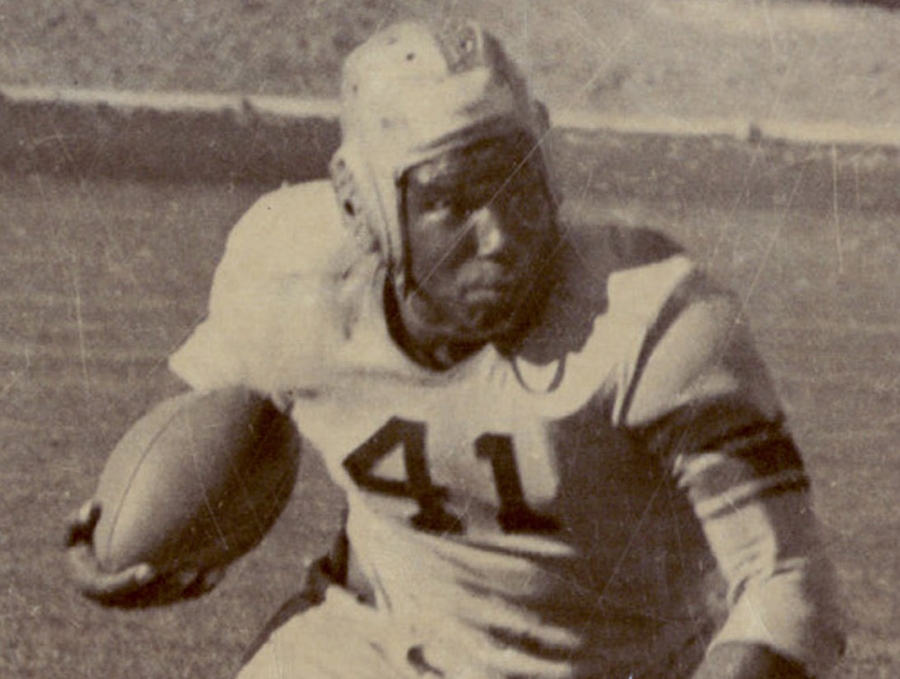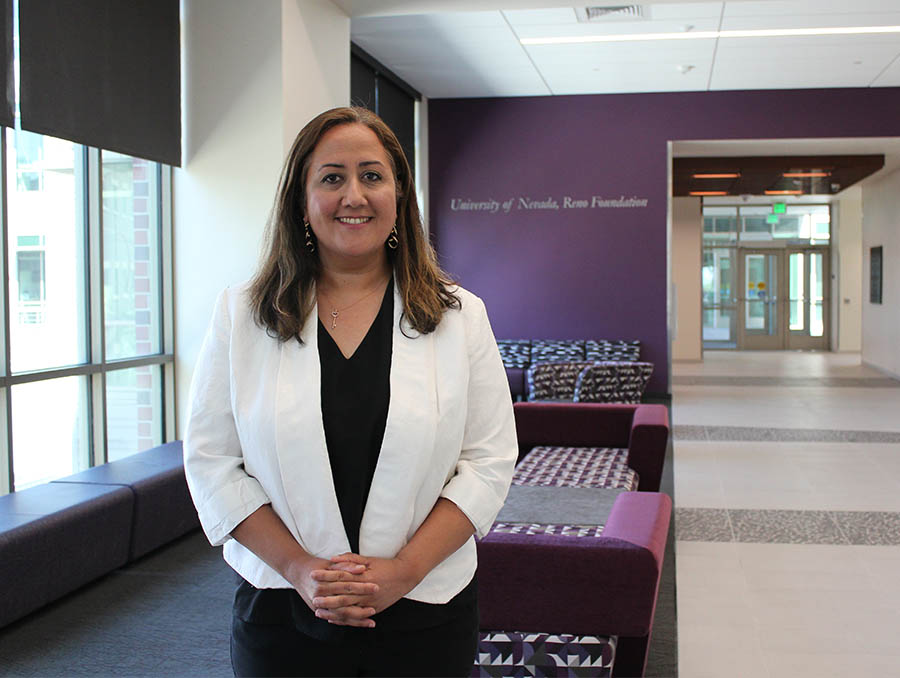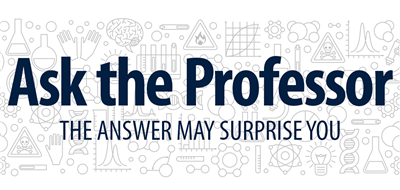
While so many grade school teachers are out on sick leave due to COVID-19, the demand for guest teachers is at an all-time high. Let’s get real here for a moment: being a guest teacher is not an easy job, especially if you don't have significant classroom teaching experience. Couple this amateur workforce with the ongoing pandemic fueled impact on classroom functions and students’ emotional wellbeing and we’ve now got the perfect recipe for…challenging behaviors.
So what is the best way to engage with and manage a classroom full of youth whom you likely know absolutely nothing about?
Classroom Tip #1: Build Rapport
First and foremost, we are all human. The current state of affairs has created an environment where we are devoid of social interaction and have been forced to adapt to rapidly changing schedules, systems, and circumstances so flexibility and relationship building is key. Get to know the students by name, learn a bit about what they like to do, let them have a chance to learn about you, too. All of this can be done using icebreakers or community building circles in which the day or the top of each hour begins with a chance to take a “brain break,” check in with each other, and spend a few minutes connecting as human beings. Another great strategy is to greet students at the door by name as they enter your classroom as a way to both establish your presence and focus on relationships at the start of the day. Don’t be afraid to have some fun here – this rapport building will go a long way when academic demands and requests commence.
Classroom Tip #2: Familiarize Yourself with the School’s Systems & with Your Students
If you are not already familiar with the specific school where you will be working, make sure to take some time to ask administration about their practices for recognizing appropriate behavior and those for discouraging inappropriate behavior. Most schools have systems in place for both; you won’t have to re-invent the wheel and you should feel supported knowing that there are protocols in place should a student in your class require some additional support. Additionally, some students even in general education classrooms have specialized programs called Individualized Education Plans (IEPs) or 504 plans. These identify specific accommodations or modifications that should be made for these students, such as additional time on work or tests, or preferential seating. Some students with particularly challenging behaviors may have behavior plans and you’ll want to know if there are any specific guidelines or plans in place for any of the students in your classroom.
Classroom Tip #3: Use Active Supervision
Gone are the days of the substitute teacher sitting at the teacher’s desk reading a book while kids throw spitballs and goof off in the back of the classroom. Today’s guest teachers, especially long-term subs, are expected to instruct the class, develop and/or adhere to lesson plans, manage classroom routines and behaviors, and more. Active supervision is a process by which a teacher is relating to students frequently using a “scan, move, interact” methodology. Scan the room continuously by visually sweeping the classroom, making sure to observe and be aware of any successes or challenges the students are having. Move about the room continuously (get your step count in!) and maintain close proximity to students, avoiding the potential ‘back of the classroom’ spitball dilemma. And finally, interact with the students regularly in a respectful manner. Active supervision will both prevent opportunities for challenging behaviors to occur but also make it quick, easy, and comfortable for problems to be addressed.
Classroom Tip #4: Create Opportunities to Respond
Keeping the class engaged and learning is not only academically rewarding, but it has also been demonstrated to reduce rates of challenging behaviors. We all know that there will be a few students who love to respond to questions in class and there are some that sit with their hoodie over their heads and pretend to be elsewhere. Finding opportunities for all students to respond will be helpful. There are several ways to encourage this:
- Individual or small group responding – create a response pattern (i.e., go around in a circle) in which all students have the opportunity to respond
- Choral responding – the entire class responds in unison to a question
- Nonverbal responses – raising hands to respond, using colored respond cards (yes/no)
If the students know they will be expected to participate and are active participants, at that, they will be more focused, more engaged, and less likely to be off task.
Classroom Tip #5: Leverage the Power of Praise
This one is simple… catch the students doing well! In other words, recognize the positive behavior and don’t merely attend to negative behaviors. Research indicates that the best and most respectful relationships are formed when praise ratios are 5:1, or 5 positive statements to every 1 corrective statement. As you are milling about the classroom engaged in active supervision and provide some praise specific statements (i.e., “Javier, I like that you are so focused on your worksheet,” and “Shantell, thank you for raising your hand to use the restroom.”) Additionally, if the school has a reinforcement system in place, leverage it. Hand out those ‘behavior bucks’ liberally when you see appropriate behavior that you want to recognize and encourage.
Classroom Tip #6: Pre-correct
Using pre-correction is a strategy to address or prevent problem behavior before it occurs. A pre-correction is a prompt or reminder of how to specifically behave during a certain interaction or activity. For example, right before you ask students to do seat work you might say, “Please remember that if anyone needs help during this assignment, please raise your hand and wait patiently for me to come to your desk.” If you wait until the undesirable behavior occurs and then provide a reminder of the appropriate way in which to behave, this is now an error correction (remember your 5:1 ratio is important here) and no longer preventative.
Classroom Tip #7: Employ Brief and Specific Error Correction
Students will make errors, and behaviors will need to be corrected; that is par for the course when teaching youth. When an undesired behavior occurs, the best thing to do is immediately provide an informative statement on what the expected behavior is, making sure to use this as a teachable moment and to inform the student exactly what to do in the future. The correction should be provided privately and delivered in a calm, neutral, and respectful manner. As soon as the feedback is delivered, quickly disengage from discussion surrounding the undesirable behavior and redirect the student back to the activity at hand. As soon as the student engages in appropriate behavior, use praise statements and reinforce the desired behavior.
Classroom Tip # 8: Avoid Power Struggles
Sometimes when you attempt to engage in error correction with a student, they will use that as an opening to engage in a power struggle with you. There can be many reasons why students engage in power struggles with adults; all you need to know at this point is how to recognize when it is happening and how to disengage. It is more likely to happen with pre-adolescent or older students (so middle school and older), but some younger students will also engage in this behavior. It is when a direction given to a student results in a response back from the student, to which the adult responds, and the verbal back-and-forth continues like a tennis match. The key point to this is there is no winning in this scenario. As the adult, you simply need to disengage and say, “We’ll discuss this later,” and end the back and forth. By continuing, you reinforce the disruptive behavior of the student and lose the respect of the other students in the classroom.
Classroom Tip #9: Pivot
If you’ve ever played basketball, brush off your pivot skills and use them here. This is basically a chance to physically turn your body toward desired behavior and briefly withhold attention from a student who is exhibiting minor disruptive behavior that is reinforced by teacher attention.
For example, during a whole group lesson Jason is blurting out silly phrases to gain the attention of the new guest teacher, Mr. Smith. Mr. Smith recognizes this as attention seeking behavior and quickly pivots his body towards Mohammed who is raising his hand for attention and says, “Thank you, Mohammed, for raising your hand to get my attention, did you have something to say?” By recognizing the appropriate behavior of other students, Mr. Smith has provided a model of what behavior is expected in the moment and how to appropriately gain his attention for all of the students, including Jason. As soon as Jason stops blurting, Mr. Smith turns his body towards Jason and says, “Jason, if you have something you’d like to contribute, you can go ahead and raise your hand and I will call on you next.” A pro-tip here would be to recognize those students that need a little bit of extra attention and make sure to provide that heavily throughout the day as to prevent any undesired behaviors in the first place.
Classroom Tip # 10: Routines Matter
Children thrive on routines. That’s one reason the pandemic and the last nearly two years have been so difficult for them. The simple fact that they need a replacement classroom teacher is disruptive; the more you can follow their typical classroom routines, the more comfortable they will feel and you will be less likely to experience disruptive behavior. Try to find out as much as you can about the classroom practices and procedures that have previously been in place and follow them, if possible. If you are unable to determine what routines were previously in place, develop ones of your own that you can use faithfully so that students can know what to expect. Knowing what is expected and what is going to happens lessens anxiety in students, so while flexibility has been a key word during this pandemic, giving students dependable routines goes a long way.
When you walk into your new class on your first day as a guest teacher, hold your head up high and exude some confidence. You are now equipped with a skill set to keep your classroom of upwards of 30 students engaged with you and respectful of the important role you are filling. One final thought in all of this is to have some humility and some fun. Everything is seemingly heavy right now – trust in yourself and your students that we are all doing our very best and sometimes we just need a smile, a good laugh, or a gentle reminder to stay on track. You’ve got this!
Dr. Greenwald is a Licensed Behavior Analyst and an Assistant Research Professor at the University of Nevada, Reno. Greenwald is the Project Director/Principal Investigator at the Nevada Positive Behavioral Interventions and Supports Technical Assistance Center, located within the Nevada Center for Excellence in Disabilities. In her role, she oversees the statewide Multi-tiered Systems of Support project funded through the Nevada Department of Education, oversees the implementation of Positive Behavior Interventions and Supports in 10 Nevada school districts and state-run juvenile facilities, and provides and directs behavioral support services for children with disabilities and dual diagnoses around the state.
Dr. Taylor received her Ed.D. from The University of Memphis in 2003. She was hired as a non-tenured assistant professor at the University of Nevada Reno in July 2002. She moved to a tenure-track position July 2006, and received promotion to associate professor effective July 1, 2013. Her major areas of research interest are policy issues related to the provision of special education services in private schools and teacher education in special education. Within the field of special education, she focuses on behavior management, emotional/behavior disorders, and autism, as well as issues related to doctoral studies in special education.
